Many homeowners today understand the importance of making necessary changes or upgrades to enjoy the benefits of an energy-efficient home. If you are planning to build a new house or undertake a major renovation project, incorporating several energy-efficient features can significantly improve long-term savings and comfort. Even certain habits followed by family members can help promote power efficiency. Additionally, it’ll ensure that you have a sustainable house that’s also environmentally friendly.
As energy costs continue to rise, it may be time to find ways to save energy. Proper planning for a home upgrade will assist you in saving money on your monthly energy bills. If you want an energy-efficient home, here are seven effective tips to help you out when building or remodeling it.
Invest in Solar System
Installing renewable energy sources such as solar panels is one of the important considerations for a power-efficient home. The solar market has expanded significantly over the years. There are several benefits of installing a solar system at home. Moreover, their versatility makes them suitable for residential, commercial, and industrial applications.
If your area has abundant sunlight throughout the year, switching to solar may be the best way to make your home energy efficient. It’s one of the most cost-effective forms of renewable energy for residential use.
Also Read: Solar Patio vs. Rooftop Panels: Which One is Better?
When you have solar panels in place, it’ll significantly reduce your energy bills every month. Generally, the best aspect of a solar panel system is that it doesn’t require comprehensive maintenance. Consider it a one-time investment, but it’ll save you time and ensure your home is self-sufficient even if power outages occur when you least expect them.
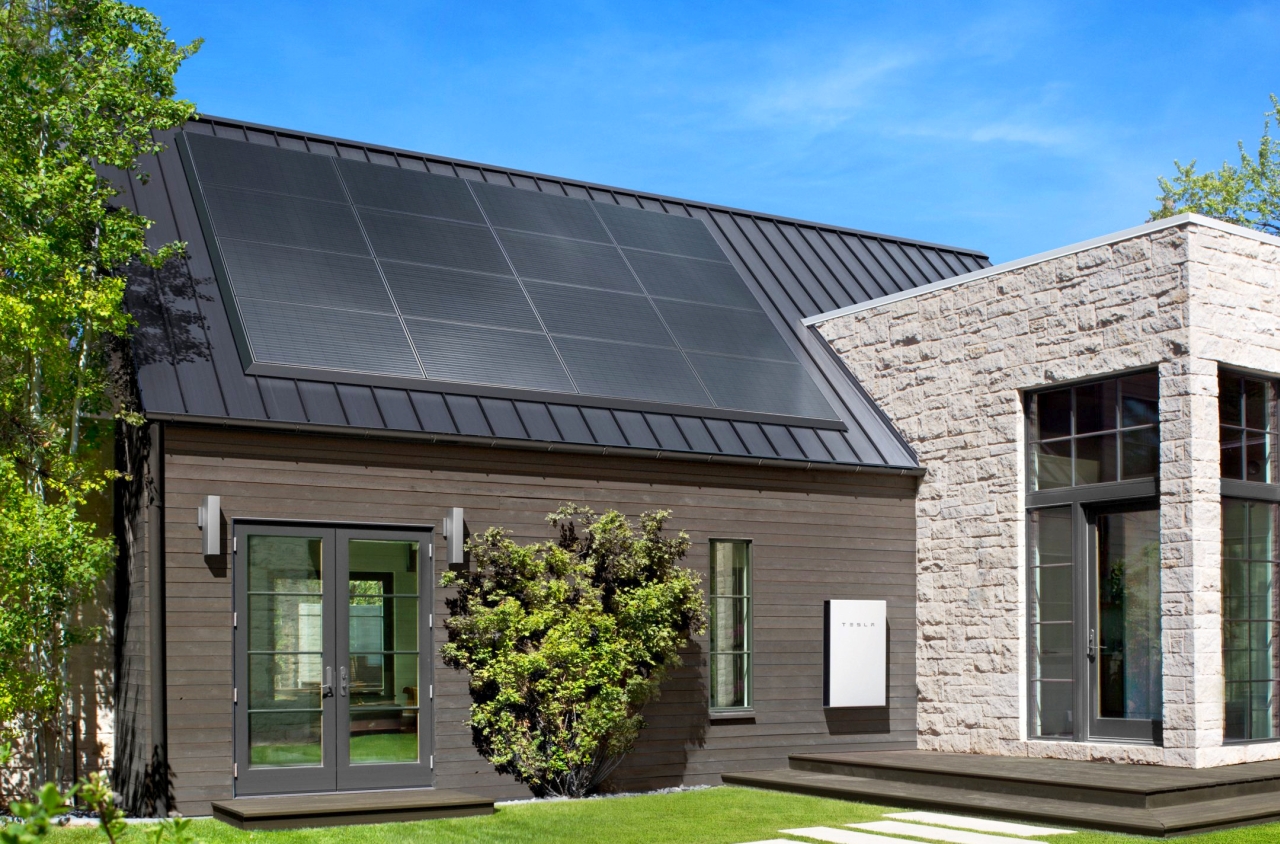
Another advantage of solar panels is that they’re environmentally friendly. The system works by converting solar energy into electrical energy. The procedure aids in the reduction of harmful greenhouse gases that contribute to global warming.
Once you have a solar system, you can utilize the energy for a variety of purposes, including lighting, heating, cooling, and powering almost any appliance. If you’re looking for a reliable renewable energy source for your home, consider checking out reliable solar energy providers in your area and online to ensure a good start.
Improve Your Property’s Landscaping
For energy-efficient home improvements, you might want to ameliorate your landscaping. The right landscaping that maximizes shade can significantly help minimize the heat your home absorbs, especially during the summer. Doing so can reduce the temperature to a certain degree effectively. Depending on where you live, look for trees that can provide adequate shade, particularly those with large canopies.
Also Read: 6 Awesome Ways to Bring Your Garden to Life Using Trees
Deciduous trees work best in blocking out the excessive heat during summers while allowing the sunlight to permeate through your home during the cold season. These trees are ideal because they bloom in the spring and summer and shed their leaves as winter approaches.

The location where you’ll plant the trees is also an important consideration. One way to ensure your home will not soak up excessive heat is to consider the sun’s position as it moves throughout the day. The best way to reduce unnecessary heat absorption is to plant trees on your home’s south, east, and west sides.
As the sun goes on its course, the location of these trees will offer shadows preventing direct heat from entering your home. In the long run, it greatly reduces your energy bills because the heating, ventilation, and air conditioning (HVAC) systems in your home don’t have to strain to keep the temperatures down.
Also Read: Five Best Green Upgrades to Boost the Value of Your Home
Plan for Proper Ventilation
Careful planning of the ventilation system is essential if you want to keep the home energy efficient. A well-structured system can ensure comfort all year round while helping save power by preventing the overuse of electrical appliances for cooling or heating purposes. A dependable ventilation system can also keep contaminated air out of your home.

The windows in your home are a good place to start. If you currently have small-sized windows, it may be time to upgrade them into bigger ones to ensure good ventilation in your home if your budget allows. If upgrading the windows isn’t a viable option right now, you can work with portable fans or install ceiling fans throughout your home to maintain a comfortable indoor environment.
Also Read: 11 Stylish Window Designs for Home
Always remember that ventilation plays a crucial role in an energy-saving design. The ideal ventilation system effectively moves air and moisture throughout your home to minimize excessive heat and ensure comfortable temperatures all year while reducing overall energy consumption.
Install Energy-Efficient HVAC System
In most homes, the HVAC accounts for a large amount of energy consumption every month. Generally, it’s one of the systems in any home that consumes a large amount of energy. If you want to reduce this consumption, upgrading to a proficient system is a good idea. It will help lessen your monthly usage and utility bills.
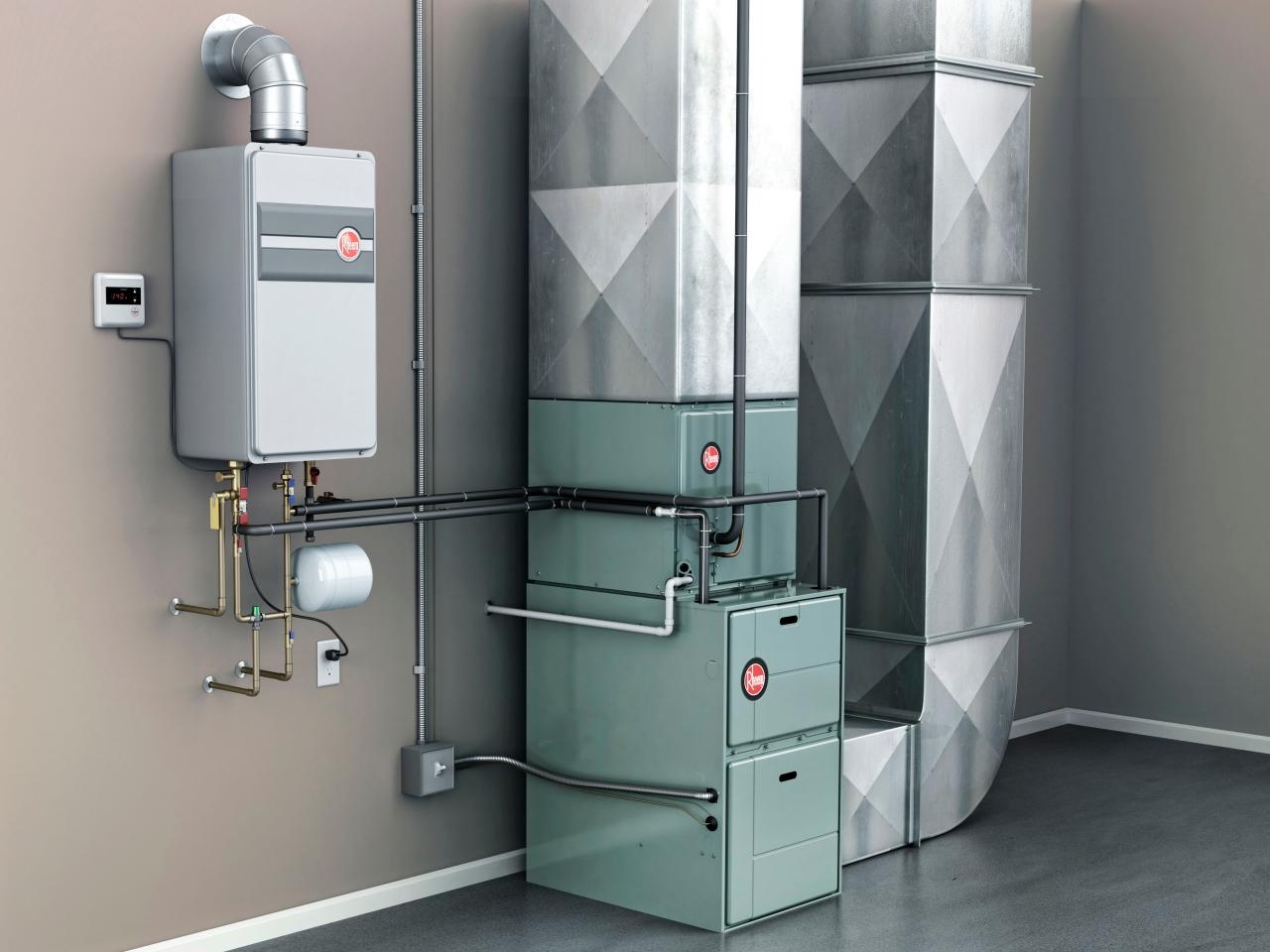
When the HVAC system in your home is already out-of-date, look for an energy-efficient improvement. Although you’ll need to spend money on new upgrades, consider it a worthwhile investment that’ll keep your home comfortable all year while saving you money.
A notable upgrade is a heat pump to reduce power consumption for heating purposes. As for the cooling unit, you may be able to find energy-efficient models on the market. One of the essential considerations to keep in mind is the energy efficiency ratios and seasonal energy efficiency ratio (SEER) ratings. Don’t forget to choose a model with smart features to boost your monthly savings even further.
Replace Outdated Lighting Fixtures
Every home has exterior and interior lighting systems that use a lot of energy because of some outdated fixtures. When you have old light fixtures or bulbs, consider giving them an upgrade. You can choose a light emitting diode (LED) or fluorescent bulbs to help conserve energy since they produce more light but with minimal heat. Although LEDs are more expensive, they’re worthwhile investments in the long run and can be used with most light fittings.
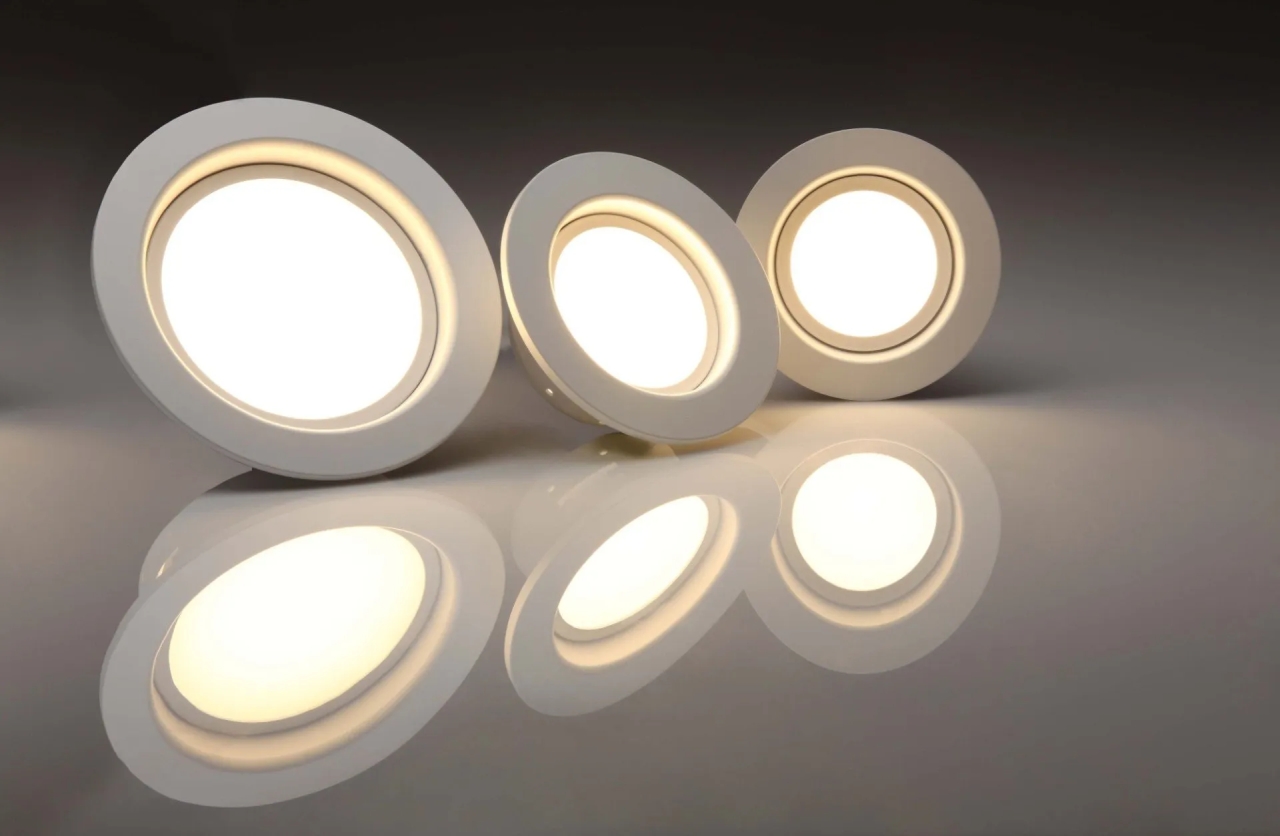
Also Read: Benefits of Energy Efficient Lighting for Home
Aside from upgrading the light fixtures and bulbs in your home, there are also other ways to reduce the energy your lighting system consumes. Opening windows or replacing them with larger ones will allow more natural light to filter in. It will reduce the need for artificial lighting during the day.
Upgrade Roofing Material
Your choice of roofing material will play a role in the overall energy productivity of your home. Your roof’s material can absorb less heat by deflecting the sun’s rays to keep the temperature in your home uniform and comfortable all year round.
Therefore, when choosing a suitable roofing material, you must factor in its energy competence. Although installing an energy-efficient roof will require a significant investment, it can help lessen your utility bills over time.
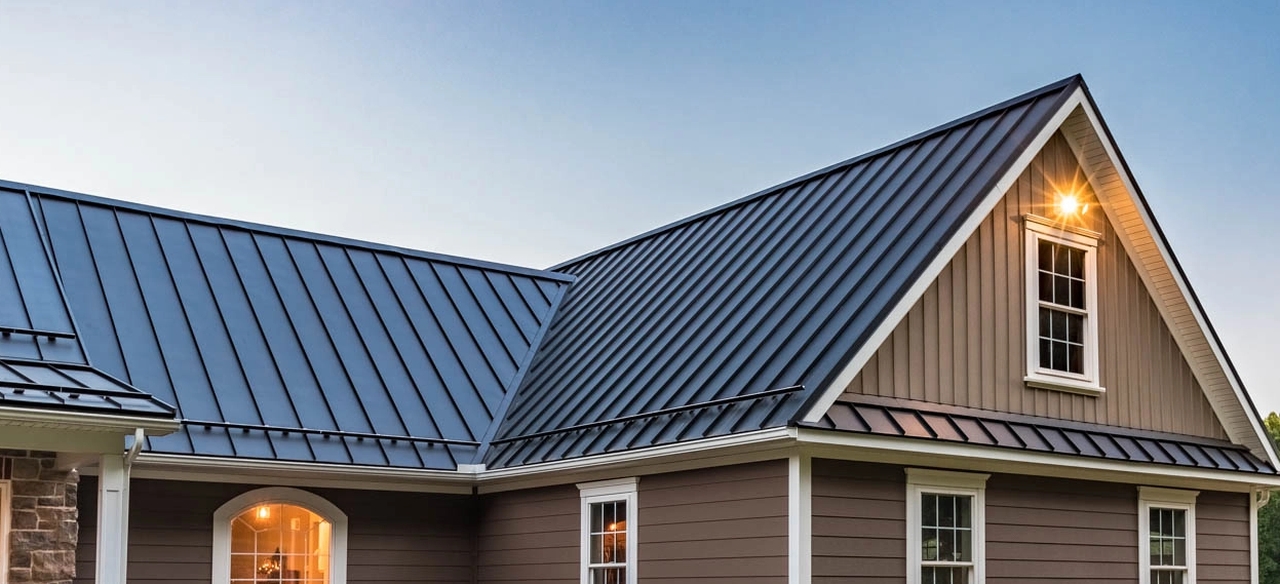
Some energy-efficient roofing materials worth considering are metal, tile, and asphalt. Metal roofing may be one of the ideal options since it’s the most energy-efficient while boasting a high level of durability that allows it to last for a long time with minimal maintenance. Metal is a highly reflective material, which is why it warms up quickly. Meanwhile, most of the sun’s energy bounces back off this material, indicating a high solar reflectance index (SRI).
Also Read: Best Energy-Efficient Earth Sheltered Homes
The SRI of roofing material is its ability to reject solar heat and release any heat it absorbs. The higher the SRI rating, the better the roof’s energy efficiency. You can order a metal roof with special coatings if you want an even higher efficiency rating.
Tile roofing is also an effective option, especially in clay, slate, or concrete. Tile roofing can undergo various treatments to boost its capability to reflect heat. You also have the option to have them treated with reflective coating after the installation.
Asphalt shingles nowadays are energy-efficient with advancements in roofing technology. The latest asphalt shingles on the market boast solar-reflective granules that increase the SRI rating while prolonging the roof’s life span.
Switch to Smart Devices
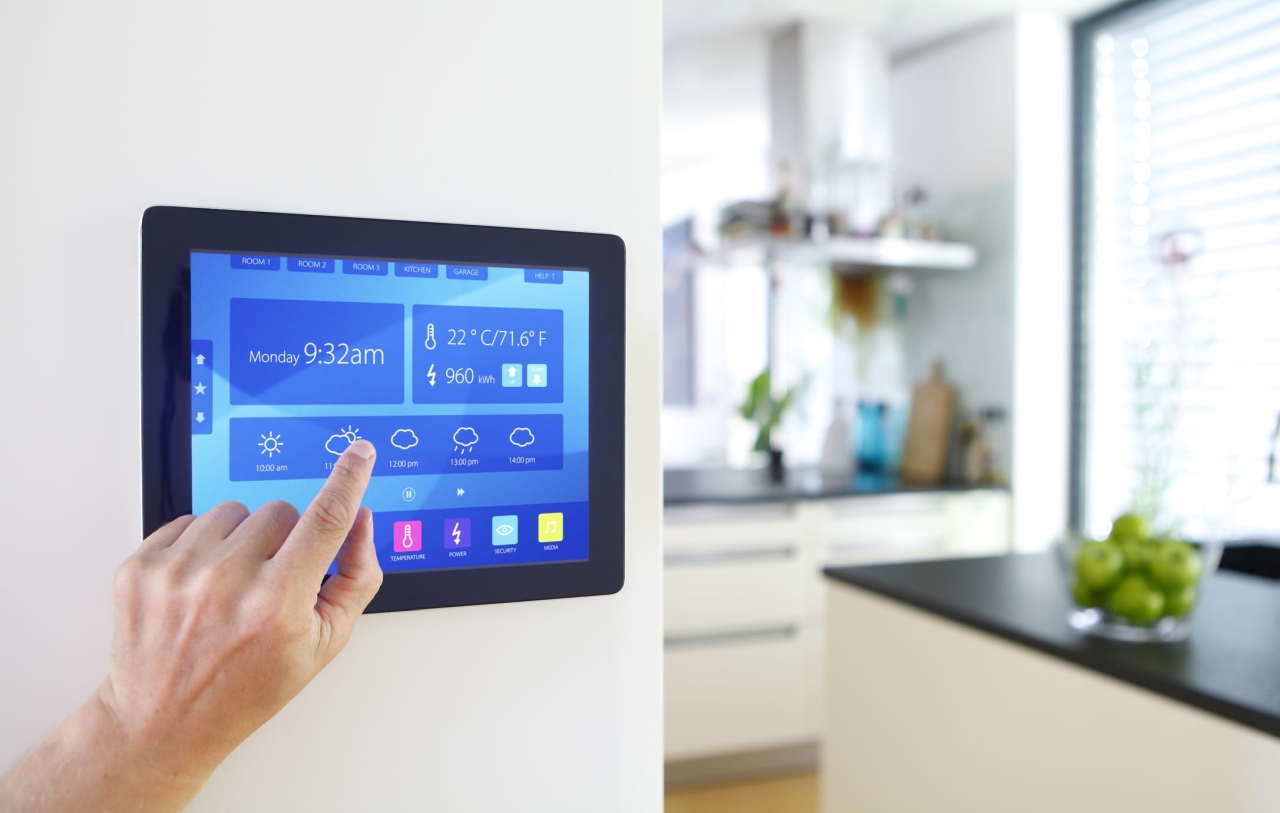
As more homeowners become aware of the advantages of an energy-saving home, there has been a steady demand for smart solutions. Generally, they have functions or settings that allow minimum energy consumption compared to regular appliances, helping cut down on your monthly power bill. Transitioning to a green home will necessitate the installation of several smart home devices to reap long-term savings.
Also Read: Reasons You Should Adopt Smart Home Trends
Depending on your specific requirements, consider checking out smart thermostats, smart lighting, smart climate control, and even smart kitchen appliances, to name a few. For example, a smart thermostat will automatically adjust the temperature in your home based on daily habits to reduce power consumption.
An environmentally-friendly home’s ultimate goal is to reduce daily energy consumption significantly. You can create an energy-saving home with the help of these helpful hints and several energy-saving habits, such as turning off lights or appliances when not in use.
Although the process will require an investment, particularly if you’re building a new home or performing a major renovation, it’s worthwhile in the long run. It allows you to save money and energy, minimize your carbon footprint, and maintain comfort in your home all year round.


